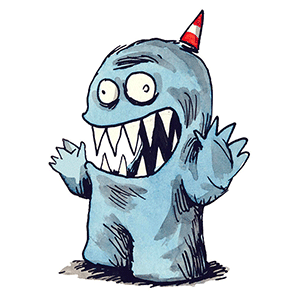Tom Krasovic: Why are pitchers breaking down left and right? Blame baseball's obsession with home runs.
Published in Baseball
At all levels of baseball, pitchers are breaking down far too often.
The question is why.
Major League Baseball’s findings released Tuesday linked the injury crisis to rising velocities, pitch shaping and maximum effort.
An underlying cause should be taken into account, too, although MLB won’t be cranking out a 62-page report on that topic.
Home run mania, which MLB has fostered for a few decades, harms pitchers’ health. Hitters can’t hit a home run if they strike out. So pitchers max out to get the K.
Subjected to those efforts, a pitcher’s ligaments, cartilage and tendons can’t hold up, said the 200 or so baseball and medical experts MLB interviewed in the past year.
Despite MLB’s claims that fans want to see the ball put in play more often, I don’t see how the industry can wean itself off its home run addiction without creating a backlash from its media rights partners and other corporate sponsors who underwrite a good chunk of the sport’s revenues
Home runs lead the daily highlight reels. It’s fun to see the ball get small fast. Fans marvel at drives that zoom some 450 feet. Or farther. At the Texas Rangers ballpark this month, a large teenager hit a 554-foot drive off a video board in a showcase event.
Home run hitters command many of the biggest contracts.
Shohei Ohtani, despite the elbow injury that would prevent him from pitching in 2024, got a pledge of $700 million from the Los Angeles Dodgers last offseason before, then promptly hit 54 home runs on the way to a World Series title. Even if he requires a third reconstructive elbow surgery someday, Ohtani will be worth his salary if he continues to launch.
Juan Soto received $760 million guaranteed from the New York Mets this month after hitting 41 home runs for the cross-town Yankees. In 2023, he hit a then-career-high 35 homers with the Padres.
The Padres have paid up — big time — for home run power. The deals they’ve given sluggers Manny Machado and Fernando Tatis Jr. will pay out more than half a billion dollars combined.
MLB’s players’ association must sign off any rule changes. Why would player agents encourage their clients to vote to erode the earning power of the game’s top earners?
As for pitchers, MLB has shown for a while that it doesn’t really care about them. Huge salaries will go to the pitchers who are freakishly good enough to keep the ball in play and not blow out too soon.
MLB team owners and the players’ union have catered to the home run for the past few decades. Balls were juiced. Bats became harder, including a triple-lacquer model swung by Barry Bonds. Outfields at Petco Park and and beyond were shrunk. Foul ground came to resemble a postage stamp.
This, too: the de facto 19-inch-wide strike zone gave way to a stringent 17-inch strike zone.
“You have to come over the plate, and hitters know it,” a Hall of Fame pitcher told me in 2022. “You have to ‘outstuff’ them.”
Nor does it make sense anymore to establish a ballpark that enrages sluggers and would-be sluggers. When the Giants opened their bayside ballpark in 2000, general manager Brian Sabean told me that the pitcher-friendly dimensions would help the team bring San Francisco its first World Series trophy. Left-handed hitters hated the place; righties fumed about losing extra-base hits to the opposite gap. But homegrown Giants pitchers thrived, Giants hitters adapted and Bruce Bochy-led teams won three World Series between 2010-14.
Nowadays, home run graveyards won’t be tolerated. The Giants shrank the outfield dimensions in 2020; in that year’s postseason, home runs drove in 237 of the 462 runs through World Series Game 5, according to the Elias Sports Bureau. That came to 51.3% of runs scored, the highest since the postseason era expanded beyond the World Series in 1969, per the Associated Press.
The recent World Series produced several engrossing stretches of varied baseball. But a powerful truth prevailed once again: to claim the trophy, home runs are needed, and lots of ‘em. Freddie Freeman delivered the highlight of the postseason with his walk-off grand slam in Game 1 of the World Series between the Dodgers and Yankees.
In the same World Series, 61.2% of runs scored were via the home run. That was the highest percentage in the event’s history, reported MLB’s Sarah Langs.
Unless the home run is scaled back, it’s hard to see how orthopedic surgeons won’t be in high demand by pitchers.
____
©2024 The San Diego Union-Tribune. Visit sandiegouniontribune.com. Distributed by Tribune Content Agency, LLC.







Comments